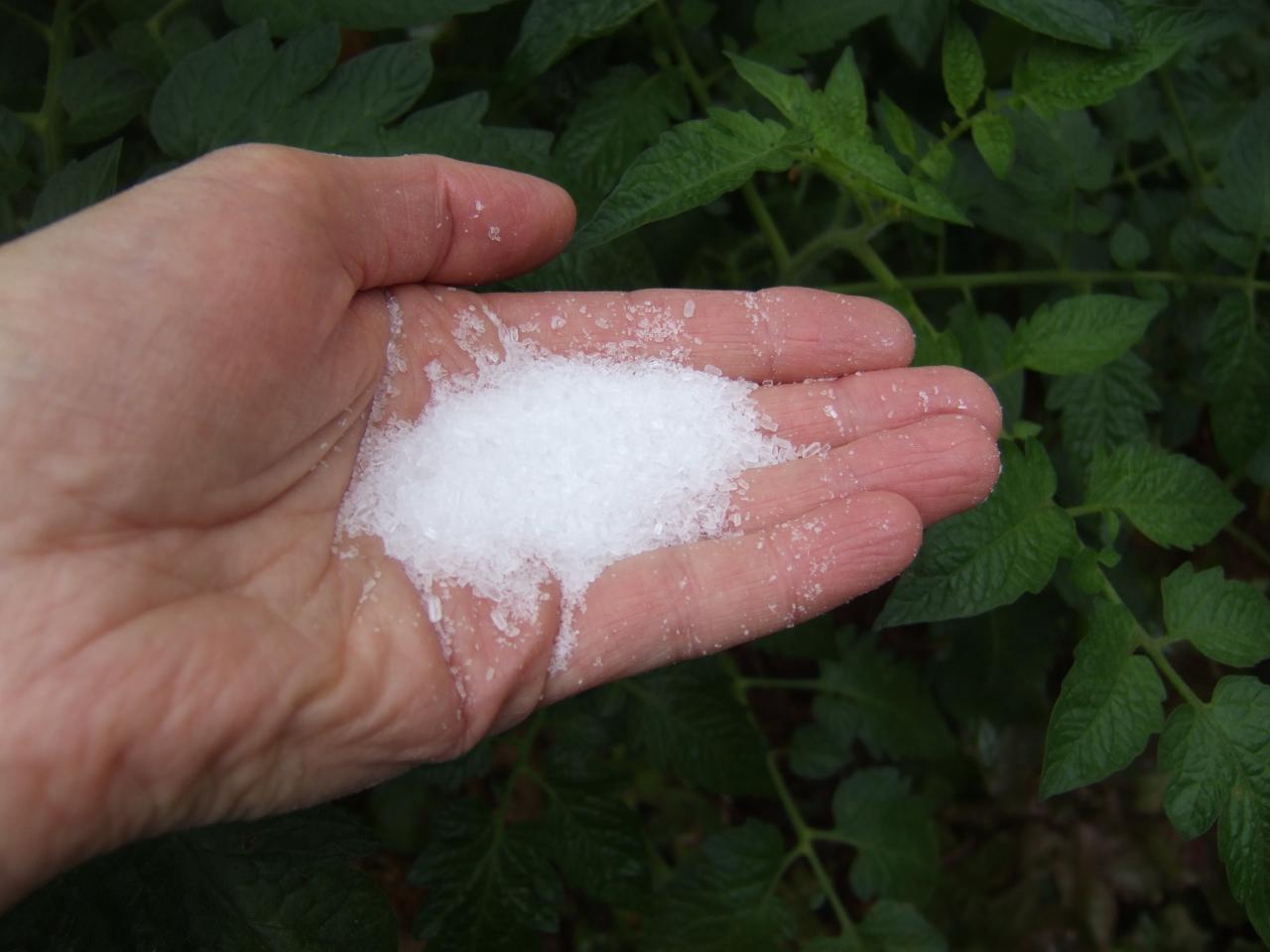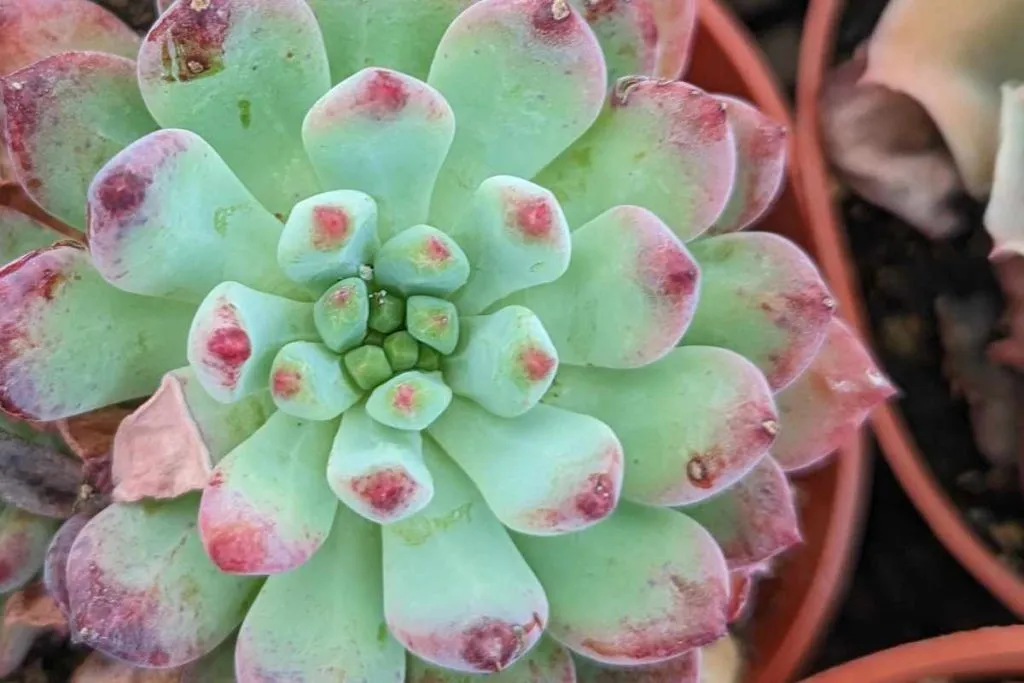Horticulture Tips: What Plants Don't Like Epsom Salt and The Key Reasons Why
Horticulture Tips: What Plants Don't Like Epsom Salt and The Key Reasons Why
Blog Article
Learn Regarding the Details Plants That Are Adversely Impacted by Epsom Salt Application
Epsom salt, a popular family solution for numerous horticulture woes, is typically praised for its helpful results on plant development. Recognizing the certain plants that can be adversely impacted by Epsom salt is vital for any kind of garden enthusiast looking to enhance their plant care regimen.
Roses

Roses, especially sensitive to adjustments in their atmosphere, can be adversely impacted by the application of Epsom salt. While Epsom salt is generally utilized as a fertilizer to advertise plant growth and improve flowering, roses are one of the plants that do not react well to its application. The high magnesium material in Epsom salt can interfere with the uptake of other necessary nutrients by the rose plants, resulting in deficiencies that show up as yellowing leaves or stunted development.

Tomatoes
Tomatoes, recognized for their convenience in culinary applications, can exhibit adverse impacts when exposed to Epsom salt as a result of their details nutrient demands. While Epsom salt is often promoted as a remedy for various plant problems, including blossom end rot in tomatoes, its application can bring about harmful results if not made use of sensibly. Tomatoes are hefty feeders that call for a well balanced intake of nutrients, specifically calcium, to flourish. Extreme Epsom salt, which is magnesium sulfate, can interfere with the delicate nutrient balance needed by tomatoes, possibly resulting in shortages in various other essential nutrients like calcium. This imbalance may show up in signs such as stunted development, yellowing fallen leaves, or perhaps reduced fruit production in tomatoes. As a result, when considering making use of Epsom salt on tomatoes, it is vital to abide by advised application prices and soil screening to avoid unintended consequences on the overall health and efficiency of these beloved yard plants.
Peppers
Peppers, revered for their different shades and levels of spiciness, can show susceptibility to adverse effects from Epsom salt when not applied with care and consideration for their details nutritional demands. what plants don't like epsom salt. Peppers, belonging to the Solanaceae family members, need a fragile equilibrium of nutrients to flourish. While Epsom salt is recognized to increase magnesium degrees in plants, extreme application can interrupt this balance, leading to negative effects on pepper plants
When peppers are revealed to high levels of magnesium from Epsom salt, it can hinder the plant's ability to take in various other vital nutrients like calcium and potassium. This imbalance may show up in signs and symptoms such as fallen leave staining, stunted growth, and lowered fruit production. Furthermore, the extreme magnesium can alter the dirt pH, more worsening nutrient uptake concerns for peppers.

Rhododendrons
Provided the sensitivity of particular plant varieties to imbalances triggered by Epsom salt, it is necessary to take into consideration the influence on Rhododendrons, which likewise call for click for more info specific nutrient levels to flourish. Rhododendrons are acid-loving plants that choose acidic soil conditions with a pH range in between 4.5 and 6.0. Epsom salt, chemically referred to as magnesium sulfate, can modify the dirt pH and interfere with the fragile balance of nutrients crucial for Rhododendron wellness.

To preserve the optimal growth and health and wellness of Rhododendrons, it is important to avoid the unplanned use Epsom salt and instead concentrate on offering the certain acidic soil problems and nutrients that these plants need for thriving.
Azaleas
Azaleas, known for their lively blossoms and broad array of colors, are decorative bushes that belong to the Rhododendron category. These prominent blooming plants are often located in parks, gardens, and landscapes because of their beauty and convenience. Azaleas are sensitive to adjustments in soil pH degrees, which can dramatically impact their growth and total health. While Epsom salt is commonly utilized as a remedy for magnesium shortage in plants, its application to azaleas can have negative effects.
When Epsom salt is related to azaleas, it can change the dirt pH, making it much more acidic. Azaleas choose somewhat acidic dirt conditions, and an extra of magnesium from Epsom salt can interrupt this equilibrium, leading to nutrient discrepancies and prospective poisoning concerns. The incorrect application of Epsom salt can result in stunted growth, yellowing of fallen leaves, visit this web-site and total decline in the health and wellness of azaleas. Consequently, it is essential to be careful when taking into consideration making use of Epsom salt on azaleas to avoid any adverse effects on these fragile ornamental shrubs.
Conclusion
To conclude, it is vital to be conscious of the details plants that can be negatively influenced by the application of Epsom salt. Roses, tomatoes, peppers, azaleas, and rhododendrons are some instances of plants that might not take advantage of Epsom salt and can even experience injury. It is important to research study and recognize the needs of each plant species prior to making use of Epsom salt as a fertilizer to ensure their health and wellness and well-being.
Comprehending the details plants that can be adversely impacted by Epsom salt is vital for any gardener looking to maximize their plant care routine. While Epsom salt is frequently made use of as a plant food to promote plant growth and boost blooming, roses are one of the plants that do not respond well to its application.Excessive use of Epsom salt can likewise result in an accumulation of salts in the dirt, leading to root damages and dehydration of the rose plants. While Epsom salt is understood to improve magnesium degrees in plants, too much application can interrupt this stability, leading to adverse effects on pepper plants.
The high salt content in Epsom salt can additionally dehydrate Rhododendron origins, triggering additional anxiety and damages to the plant. (what plants don't like epsom salt)
Report this page